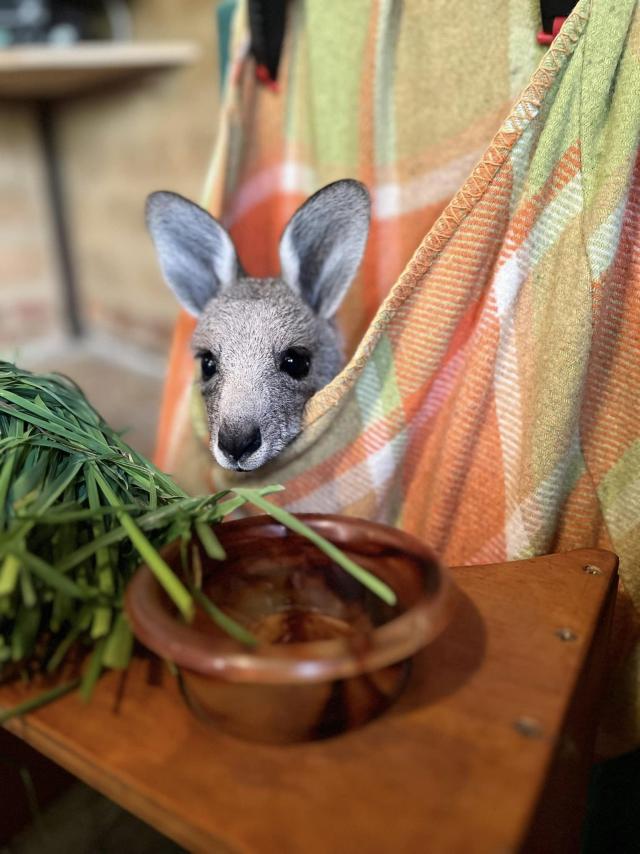Zoe Moffatt
Volunteers who operate wildlife shelters are calling for more government funding, saying they are killing themselves ‘financially, emotionally and physically’.
Helen Round and Manfred Zabinskas OAM operator Five Freedoms Animal Rescue and East Trentham Wildlife Shelter.
They recently received a $2506 grant from the state government and, while Ms Round said they are grateful, the funding only equals about one tenth of what they spend in a year.
“Almost all wildlife rehab and research is performed by and funded by volunteers,” she said.
“We provide a service the public expects and the government fails to provide. They can’t replicate our hours and expertise.
“The grant amount wouldn’t even be a tenth of what we spend. On average we spend $40,000 to $50,000 a year to run the shelter.”
The shelter received its latest funding through the Wildlife Rehabilitator Grants program, which offers maximum grants of $3000. Between 102 wildlife organisations, the government has given out $230,000 this funding round.
Ms Round said they spend on average $2000 per joey from the time they are rescued to the time they are released, not including the hours they put in.
“We soft release them, providing them with shelter and food until they go off and be wild kangaroos- that timeline can vary.
“A lot of local rescuers have been burnt out because the work we do is harrowing, traumatic, exhausting and expensive.
“We bust our guts. We do it because someone has to, once you see the need you can’t turn your back.”
Ms Round points to a recent rescue, where a kangaroo, who was the victim of a dog attack, is costing the shelter about $100 a day.
“We have to sedate him everyday to change his bandages, and to give him antibiotics and pain relief. But he deserves a second chance.
“We’re killing ourselves financially, emotionally and physically. It’s soul destroying.”
Beneath the sound of shuffling hooves from sheep being dropped off to charity Edgar’s Mission, founder Pam Ahern said government funding would definitely help her organisation.
“We take those animals from the pound and council, to give them a second chance of life, but we don’t get a cent,” she said.
“We’re performing a community service… often when councils and pounds aren’t available, especially after hours.”
Ms Ahern said they had noticed a decline in donations, but they truly appreciate everyone who supports them through donating and volunteering.
“We’ve noticed a decline in donations as the cost of living pressures have increased, but our work still continues and, if anything, becomes greater each year.
“However, we don’t want to turn our backs on the animals. One hundred per cent of our funding comes from the public, it’s the public good that keeps us going.”
A Victorian Government spokesperson said work that wildlife shelters and foster carers do is critically important to help rehabilitate injured and orphaned wildlife.
“We’ve invested $7.2 million over the next four years for wildlife welfare and preparedness,” they said.
“[This is] in addition to $230,000 to support the vital work of Victoria’s foster carers and shelter operators as part of the Wildlife Rehabilitator Grants program.”







